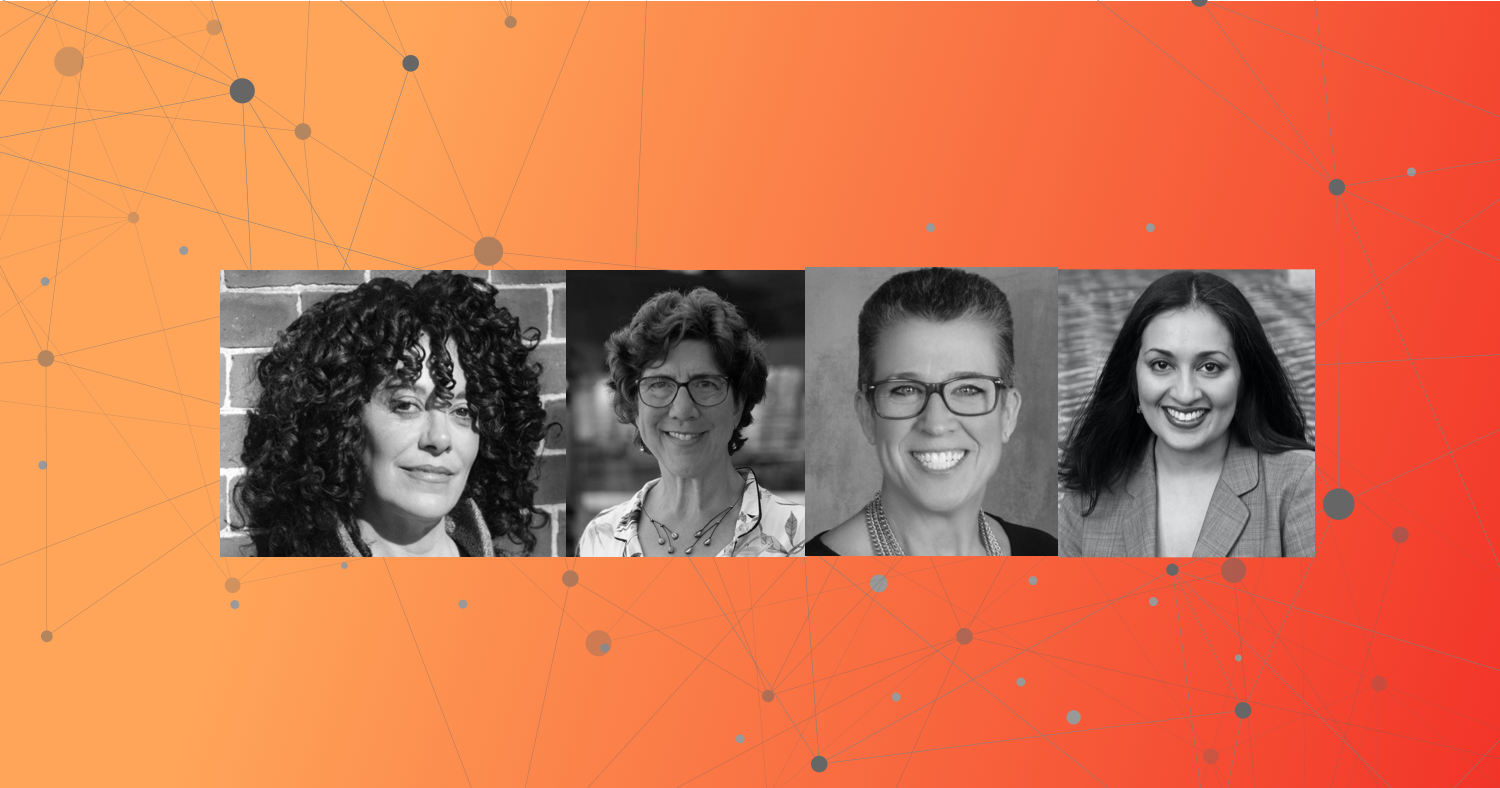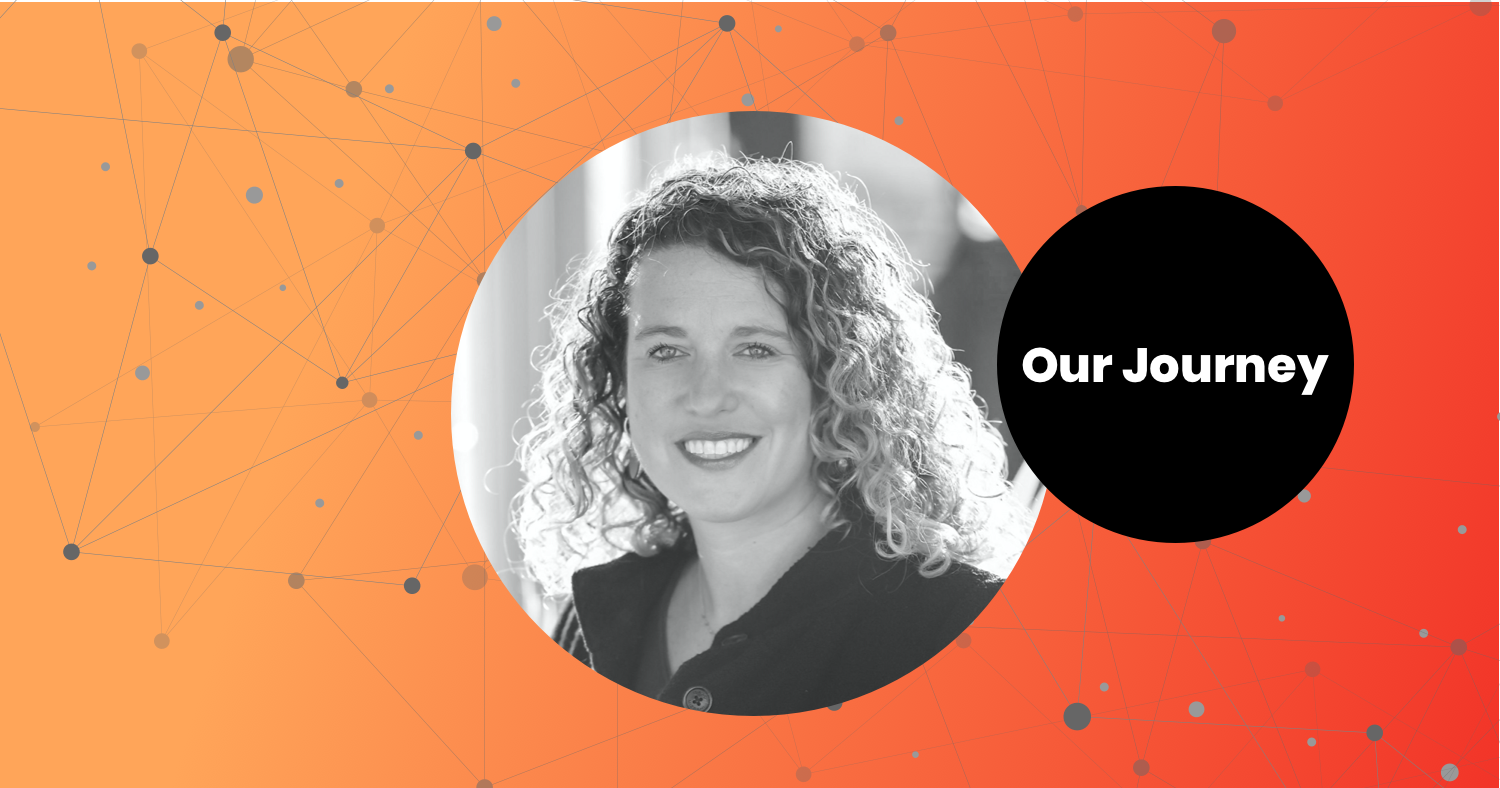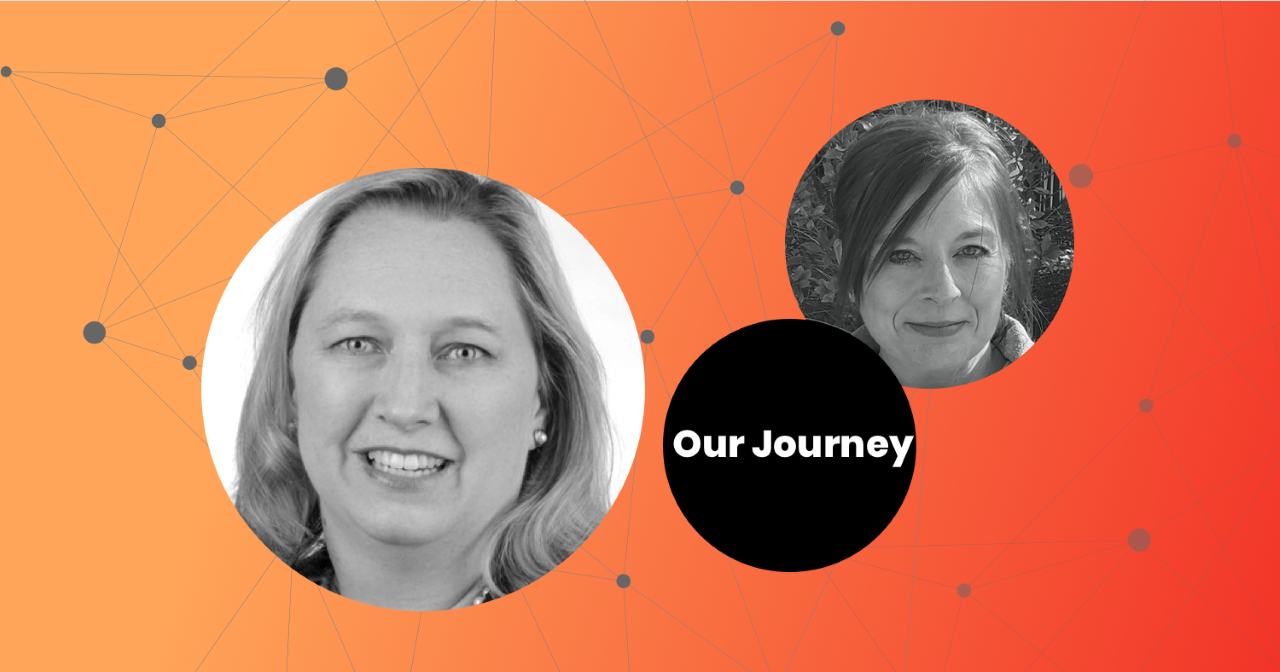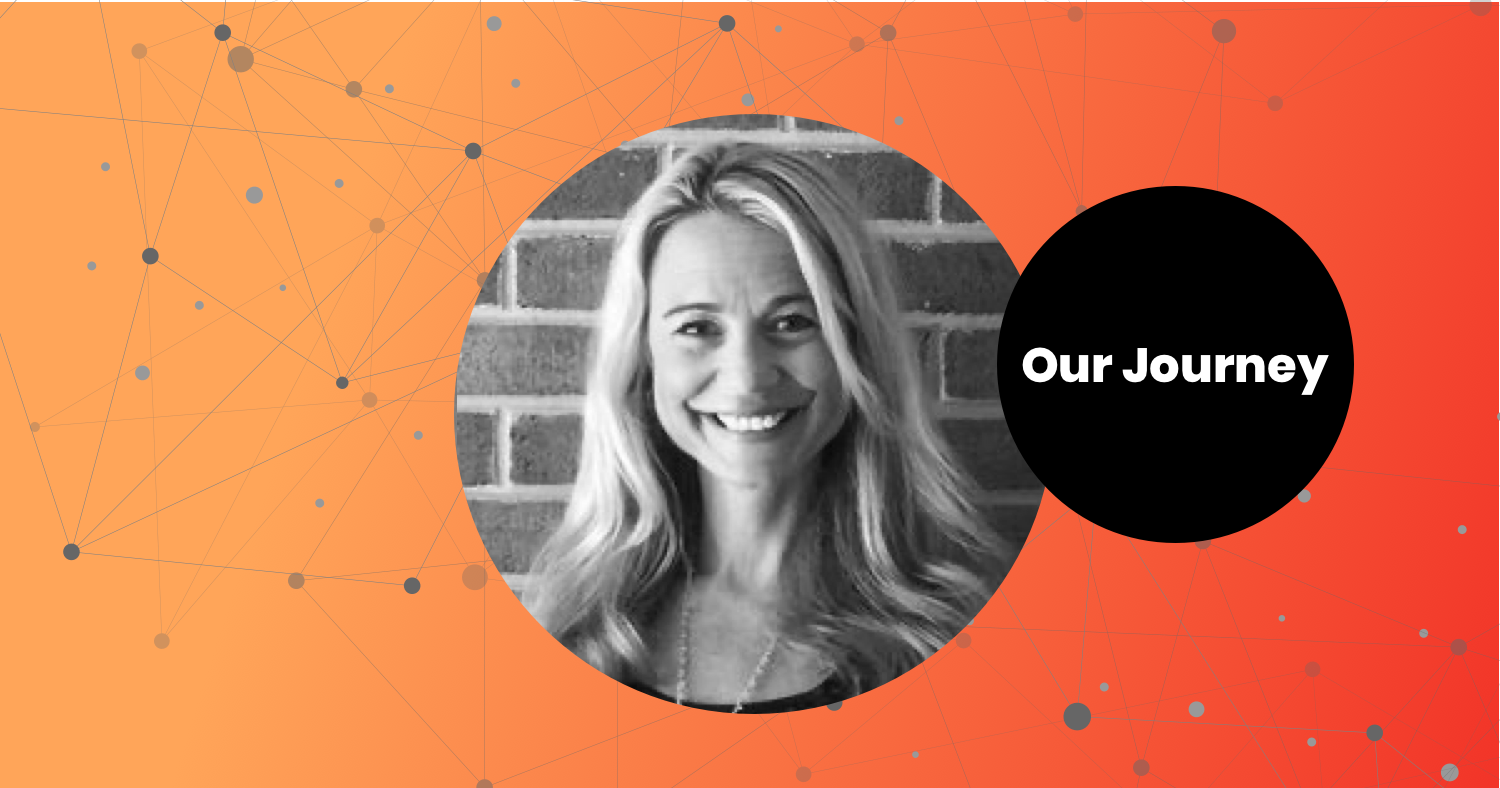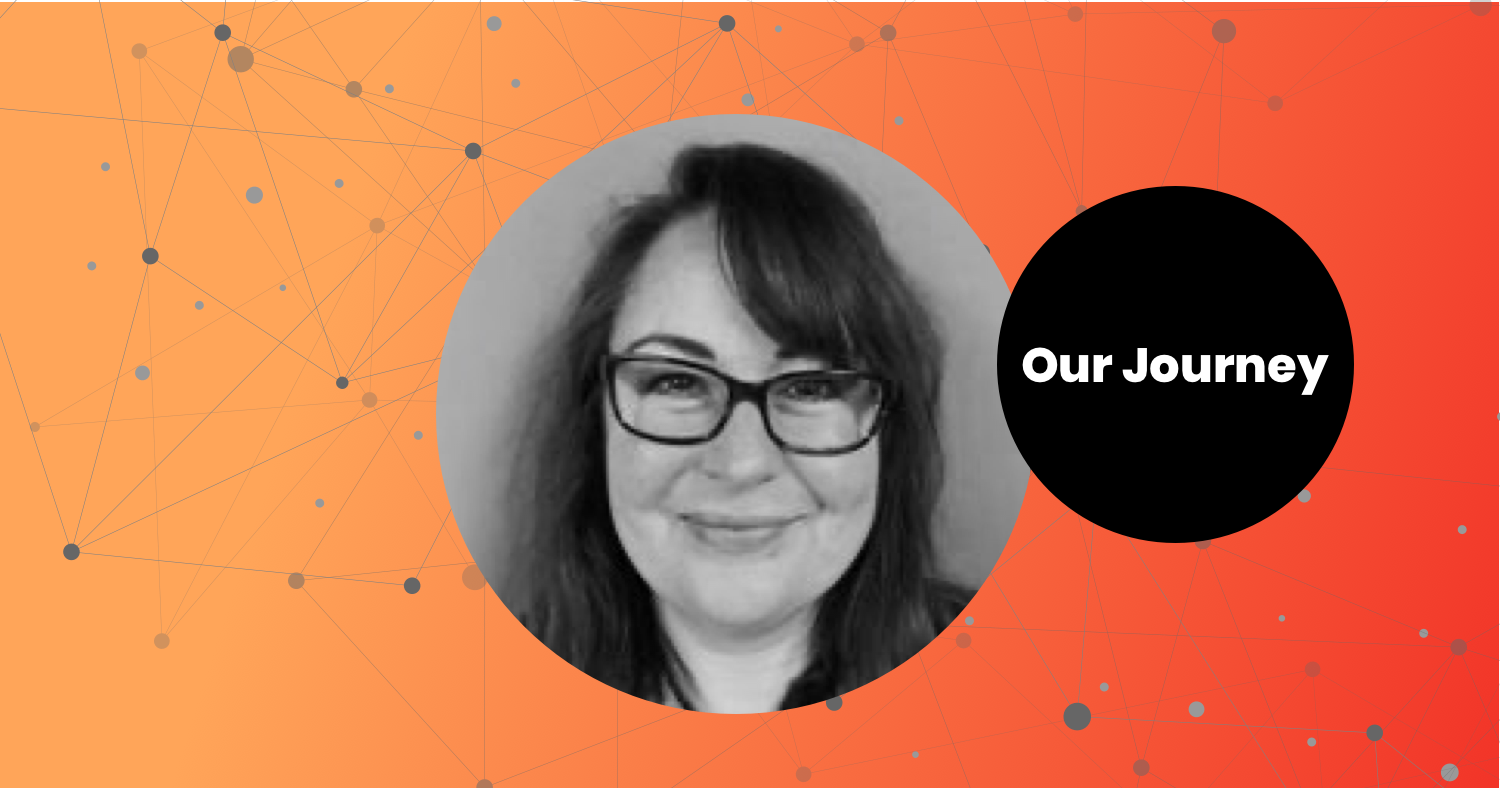Recently, I have met a number of district leaders who are committed to using high-quality curriculum, and who have recently selected the Wonders 2020 curriculum – without realizing some of the concerns in the field about the program (as well as other recently-revised basal readers). As such, it feels like a good time to revisit the learnings from our July webinar on Basal Bloat, which discussed the Student Achievement Partners recent review of Wonders.
Listening to Sue Pimentel, Meredith Liben, and Sonia Cabell, what struck me most was how much work teachers and leaders will need to do in order to adapt the materials for successful implementation. I also learned quite a lot about the design differences between basal textbooks in general and some of the newer high-quality instructional materials.
The discussion centered on questions that curriculum leaders need to understand: How does “basal bloat” manifest? And what can we do if our district is using such a program? Also, what is the risk to knowledge-building that some of these programs pose?
Let’s revisit.
What is Basal Bloat?
Our speakers suggested that basal bloat is the result of publishers’ efforts to be “all things to all people,” that is to cover every content standard with the widest possible range of topics to achieve maximum appeal. Basals that suffer from this kind of bloat also often lack intentionality when it comes to building background knowledge. Usually more thematic than topical, literacy activities are often unrelated across the days and weeks of the scope and sequence. There are so many things jam packed into the basal that the “bloat” can make it hard for teachers to know what to prioritize.
Meredith Liben put it this way: “It’s like a smorgasbord—one of those big truck stop buffets where there’s just so much. You can make bad choices right down the line because everything is there; it is really easy to get lost. The research-based work that we know moves students’ literacy forward is hard to find because there are layers of fat obscuring it.”
Sue Pimentel added: “It’s got so much, you can either choose the wrong stuff, or you can try to cover everything, but in doing so, just hover on the surface—which means you don’t go deep and also that students often don’t get enough practice. If you have everything there, but you can’t find it, or it doesn’t stick out, or isn’t a priority, then you’ve got another problem.”
How does Wonders fall short on knowledge-building?
Sonia Cabell led the review of how Wonders does with knowledge-building and, in doing so, unpacked the issue with this program and other basals. Essentially, Wonders organizes itself around themes, for example, What Do We Learn from Animals or What Makes Us Special, tying weeks together into a unit even if the topical connection is pretty loose. The goal really isn’t to build content knowledge in a particular topic.
Wonders units are made to look like they’re building knowledge, but really what they’re offering are activities that attempt to activate prior knowledge, which is a problem if students don’t possess it. Also, there’s often nothing sequential about the knowledge that’s being built.
By contrast, with content-rich ELA HQIM curricula, the knowledge approach is intentional and builds coherently across a module or unit. Students deeply study the content (e.g. arctic animals) and each successive reading in coherent text sets builds on that topic. The writing and the reading are designed to advance the knowledge building, and the word selection and the relationships among words are taught in ways that really tie the pieces together. Curricula that were intentionally built to build knowledge are generally more integrated than basals like Wonders.
What should you do if you have Wonders in your district?
Multiple folks recommended a resource offered by Achieve the Core: The Materials Adaptation Project (MAP) provides guidance for streamlining basal programs. Recommended adaptations elevate the best materials while supporting additional modifications for college- and career-ready instruction. Each grade level’s MAP contains an introductory overview, Week at a Glance (WAG) Planning Template, and specific Rules of Thumb for handling different instructional components of the basal. According to Achieve the Core, “Following the MAP guidance can help teachers who use basals maximize the positive and effective elements of the materials, while avoiding the pitfalls caused by the overwhelming amount of content in the bloated curriculum.”
Following are specific recommendations from Achieve the Core/ Student Achievement Partners
- Always support foundational skills. ALWAYS.
- Elevate the best texts…they’re there!
- Let rereading of less complex texts happen outside of whole group instruction (in small groups or independently).
- Cut to the heart of the instructional purpose of the lessons (avoid extraneous activities or questions).
- Build knowledge and vocabulary where possible!
- Reduce the number of transitions your students have to make each day.
Sue Pimentel also noted the importance of doing the work of real implementation. Focus on the training with teachers and provide time for teachers to get together and talk over how it is going. They need to understand what is being asked of them in the curriculum, they need to understand research behind the curriculum. They need to spend the first couple of years understanding what’s in the curriculum and what to prioritize and keep that up over the first few years. She suggested leveraging the collective experience of teachers to streamline and make the curriculum more coherent. Meredith Liben referred to this as “crowdsourcing” and suggested that it could turn an obstacle into opportunity.
Each of the speakers noted that there is a lot of information in this review. They recommended taking the report bit by bit and focusing on the components most relevant to you, your students, and the teachers in your building.
